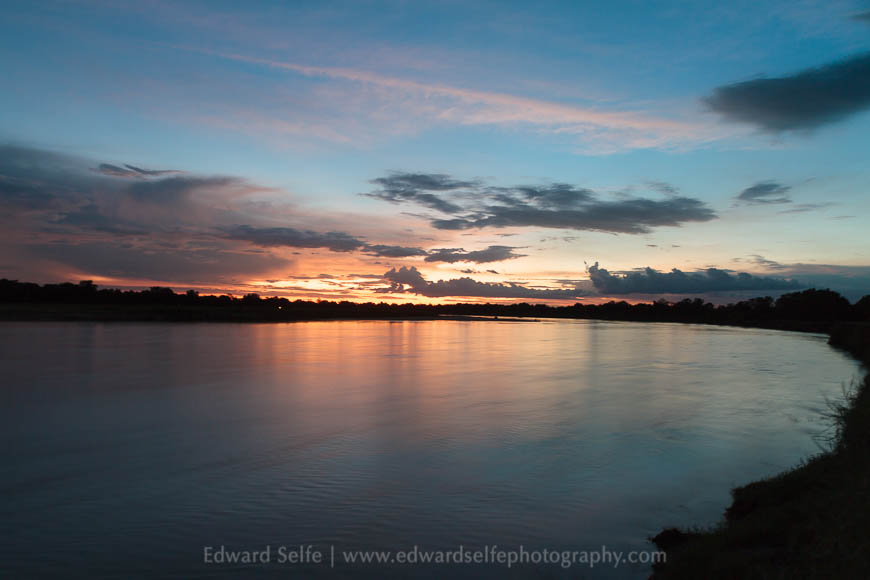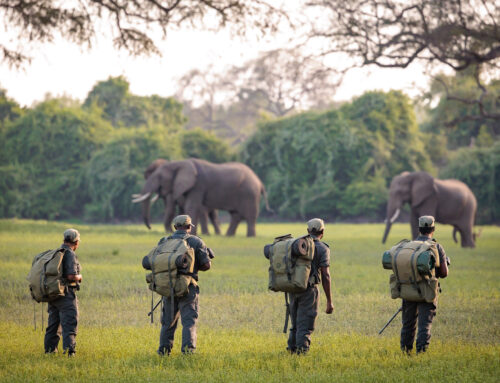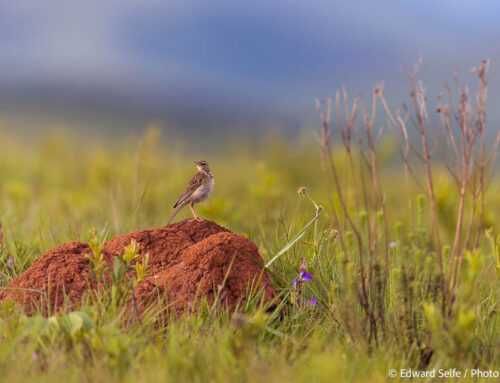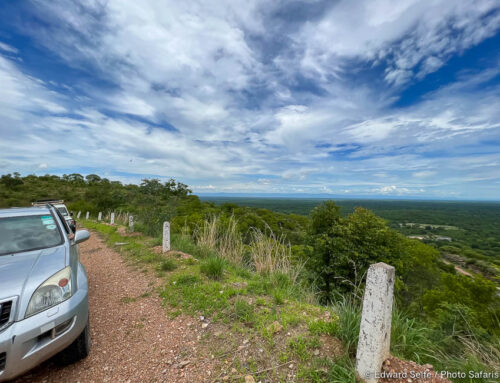January is about half-way through Zambia’s rainy season; large amounts of rain have usually fallen, carpeting the country in green grass, and stimulating extraordinary plant growth. The lagoons are filling, and the river has risen dramatically from the annual low in October and November.
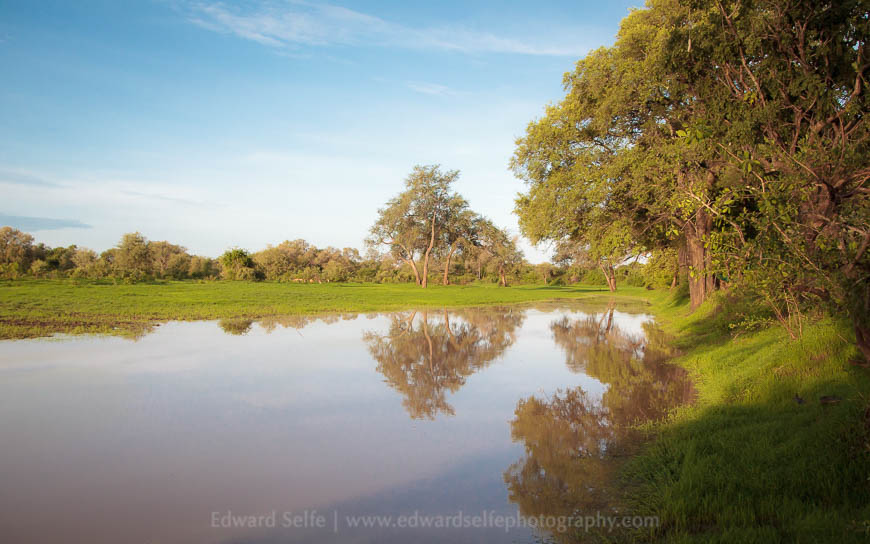
Herbivorous mammals are thriving after months of nutritional stress; hippos, elephants, antelope and baboons feast on the new grass, and particularly the nourishing seed-heads. With water and forage to be found all over the park, game is scattered loosely across the floodplain areas, without the concentrations of the dry season.
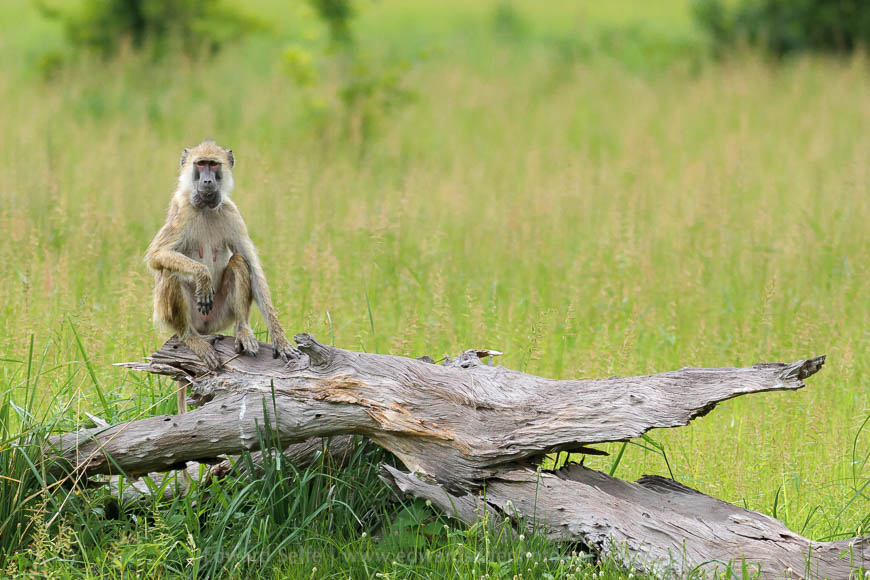
Predators have to work much harder for their prey, given that the antelope are healthier and stronger than in the dry season, and also less concentrated. However, lion and leopard are still regularly found on all safaris; in fact, with the flooded conditions, lions commonly use the roads and tracks as the driest method of moving around! Leopards are territorial creatures so are found in their normal ranges, often in trees to escape the profusion of flies that accompany the African summer.
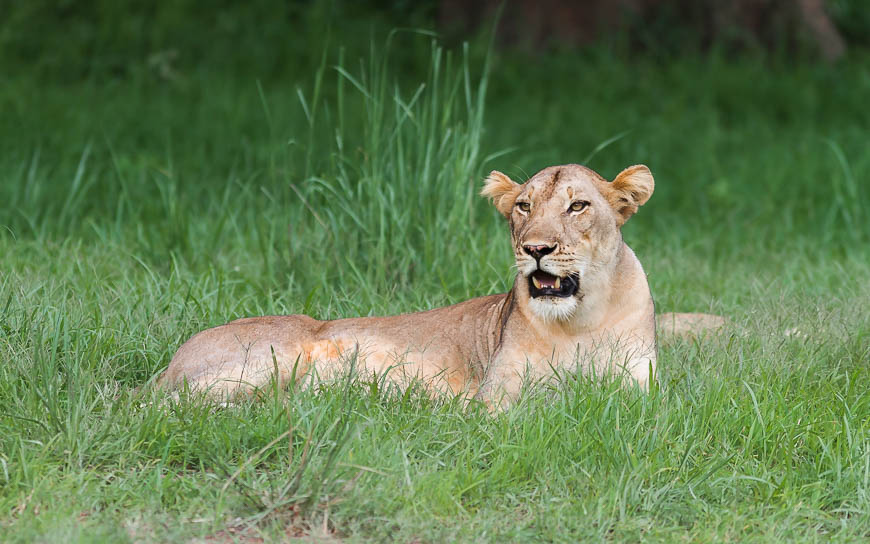
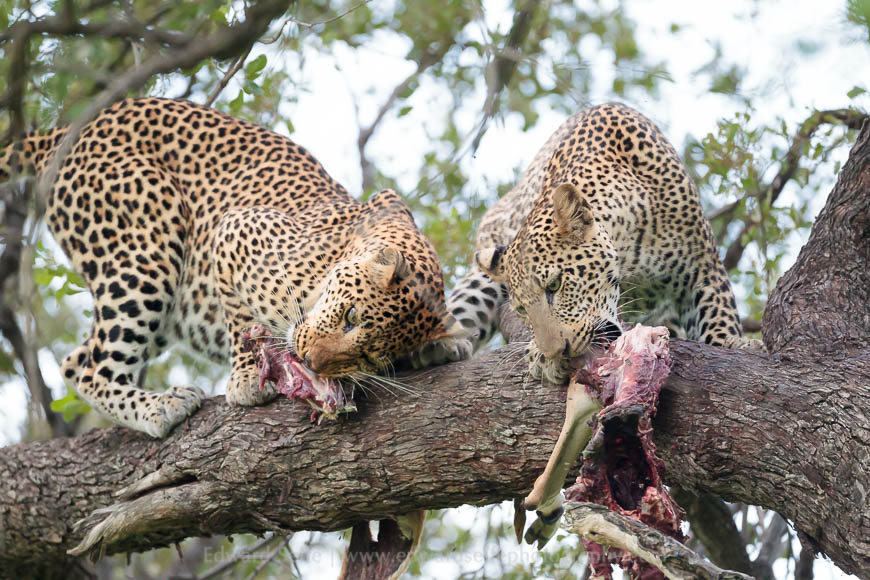
Soft, cloudy days with diffused light are also great for photographing birds which are at their busiest during the rains. Weavers sew nests out of grass, woodland kingfishers call incessantly from exposed perches, and red-backed shrikes scour the area for large insects that form their diet. Many birds – including these shrikes – have travelled all the way from Europe to enjoy the feast of insects that accompany the rains.
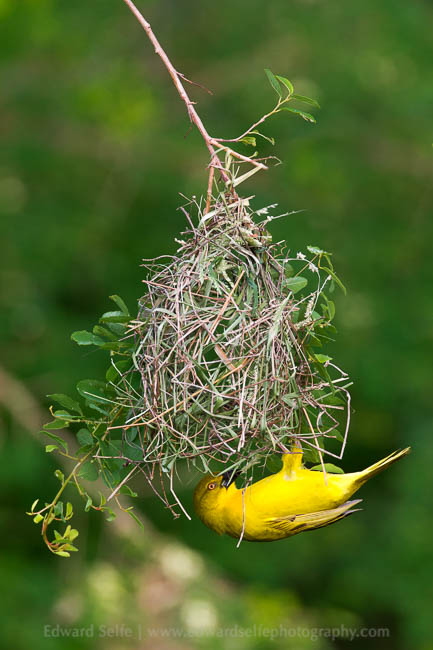
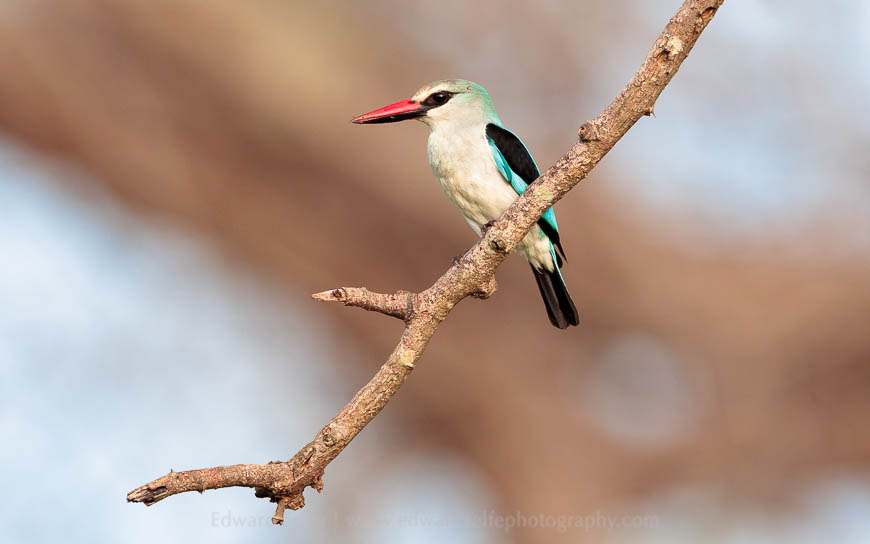
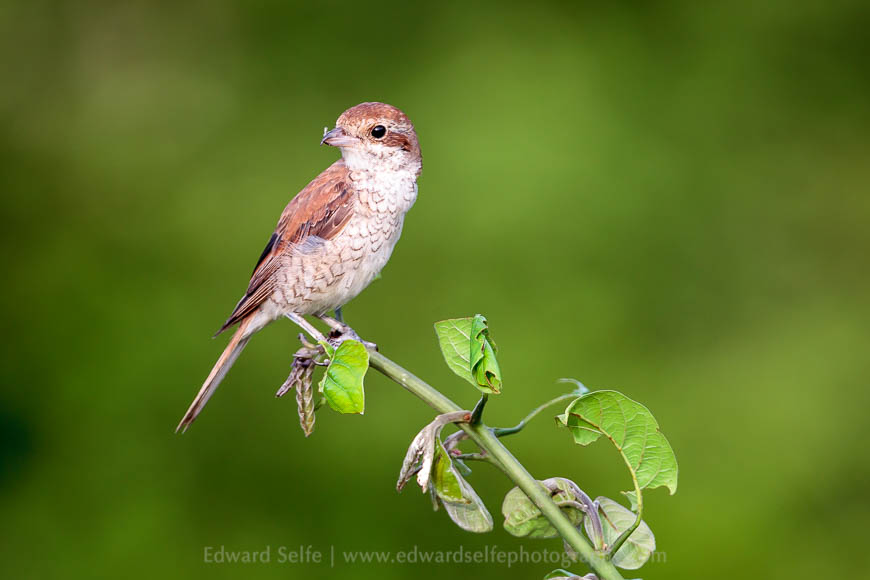
Many other mammals have their youngsters at the start of the rains to take advantage of several months of rich food while they are lactating. Warthogs birth their piglets in August or September so they are weaning in the rains, and the youngsters can move from milk onto the lush green grass and ready supply of grubs and roots.
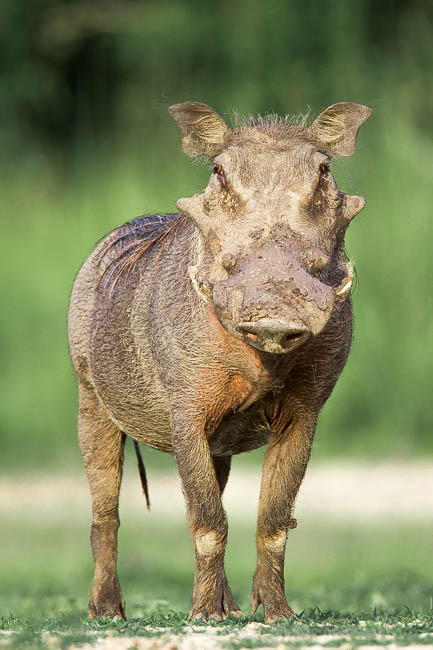
As the river fills, reaching a couple of hundred meters wide in some places, it flows fast to clear the vast amounts of water falling on eastern Zambia. While this fast flow never gives a mirror-like surface for sunset shots, it’s incredibly impressive to watch!
